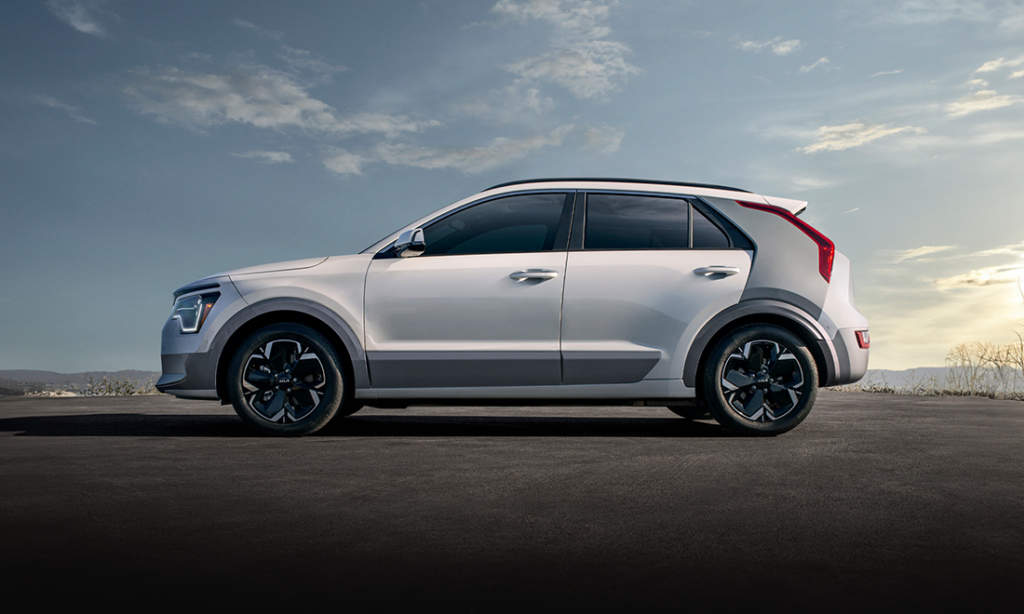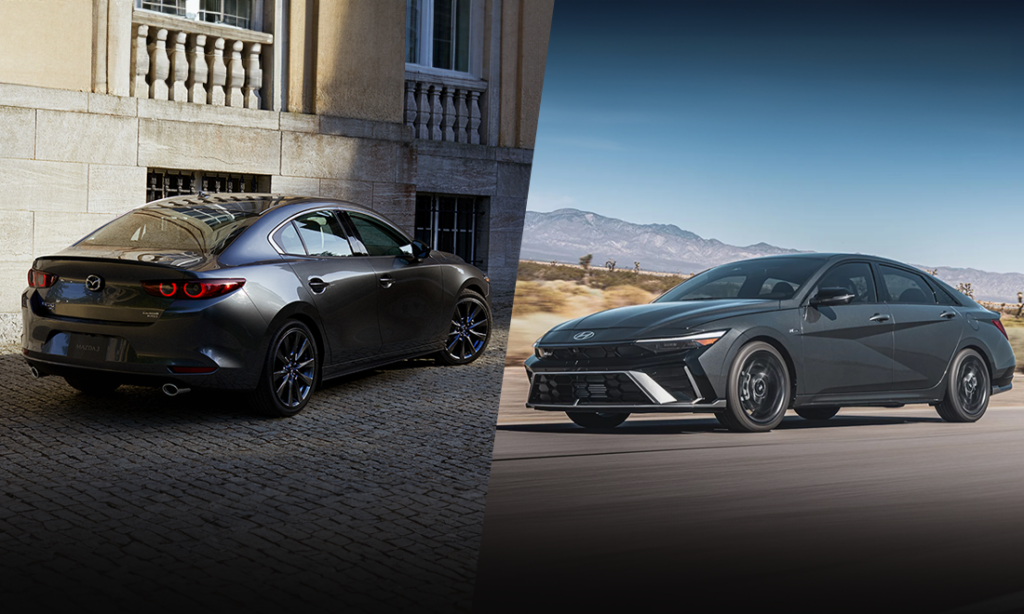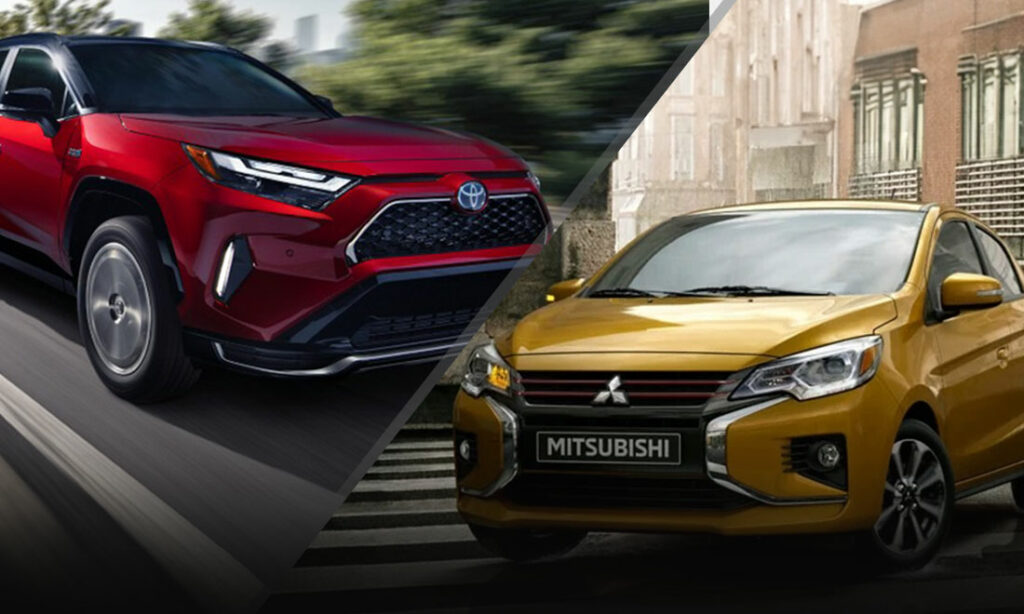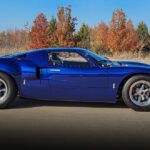We dive into the history behind the Porsche 911 and Mercedes-Benz SL to find out which is the best German sports car of the 1960s.
Two Very Different Germans
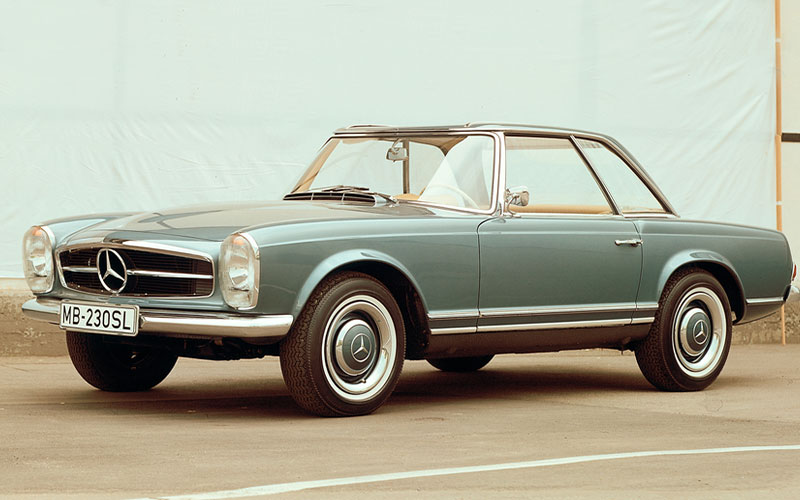
The Porsche 911 and the Mercedes-Benz SL have long been the torch bearers for their respective brands. These two cars have a lot in common: they’re two-door sports cars, they come in coupe and convertible body styles, and are their company’s longest running nameplates. But for as much as they have in common, the SL and 911 are very distinct automobiles. The 911 has its engine in the rear, the SL up front. The 911 has always been a 2+2. The SL was, more often than not, a two-seat affair.* The 911 has been performance focused. The SL’s lifecycle, on the other hand, began life as the fastest production car in the world, but it hasn’t always been a “fast” car.
Of the two, the Mercedes-Benz SL-Class is the older, debuting at the International Motor Show in New York in 1954. Its first generation, the W198 (300 SL “gullwing”) and the W121 (190 SL), rightfully sits as one of the most iconic and historically important cars of the twentieth century. The Porsche 911 would evolve out of the Porsche 365 into an icon in its own right, debuting in 1963 at the Frankfurt Motor Show.
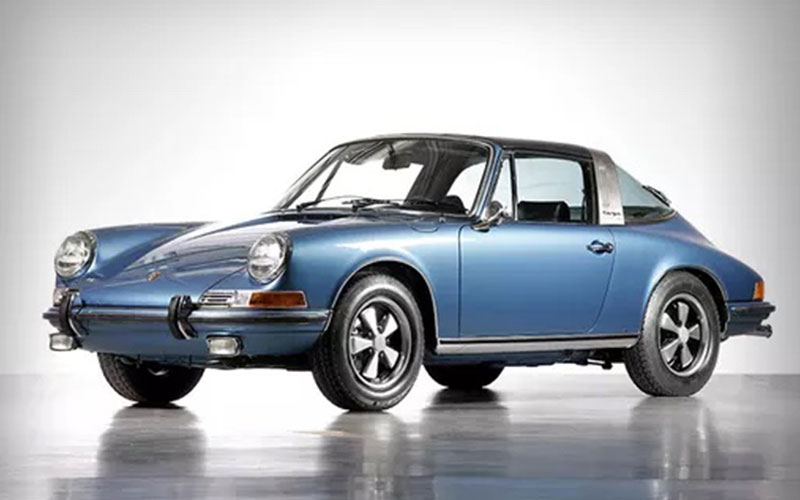
For the purposes of this comparison, we decide to limit ourselves to the heady days of the 1960s and early 70s. That means the second-generation Mercedes-Benz SL, the W113, from 1963 to 1971 versus the first-generation Porsche 911, the 901, from 1963 to 1973. We’ll dig into what made these cars uniquely special in their heydays and why they continue to inspire reverence among car obsessives and collectors to this day.
Over the Years, Under the Hood
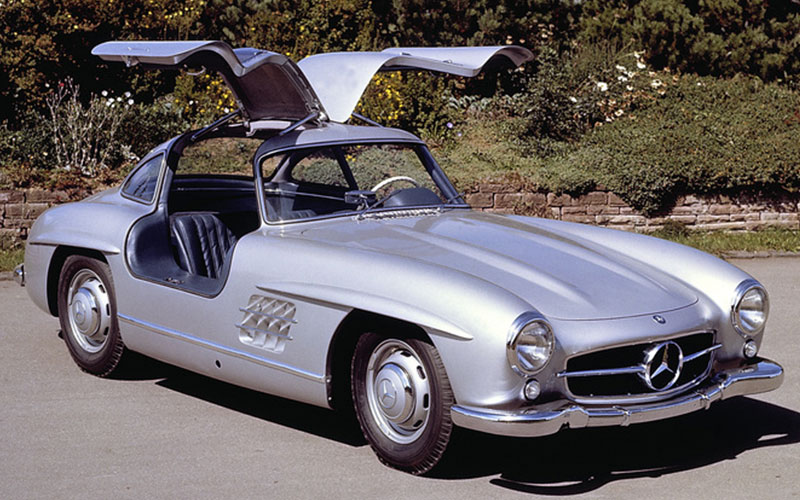
To understand the second-generation Mercedes SL you have to know a little about the prior generation. The 300SL “gullwing” became an icon of automotive design and is often referred to as the most beautiful car ever made. Not only was it good looking, it was fast, too. With a top speed of 160 mph, it was the fastest production car in the world during the middle Fifties. But not every Mercedes customer wanted all that power or wanted to pay for them. For the more leisurely and frugal buyers there was the 190SL and its 102 horsepower inline-4.
The idea behind the second-generation SL was to split the difference between the 300 SL and the 190 SL. This meant preserving the refined ride and luxury of the 190 SL while upping the power, if not to 300 SL levels, at least to something more sporting. The first second-generation SL would be the 230 SL with a 2.3L inline-6 making 150 horsepower, significantly more than the 190 SL. The SL featured options for a four or five-speed manual transmission or a four-speed automatic. The five-speed is the rarest transmission, with just 880 cars produced with that transmission. The SL also split the difference, with disc brakes up front and drums in the rear (unlike the four drum brakes of the prior generation).

For a single year (1967-68), Mercedes made the 250 SL, featuring a 2.5L engine. This was a transition vehicle with earlier production version featuring mostly 230 SL parts (steering wheel, carpet, wheel covers, etc.) and later production version sharing new components with its successor, the 280 SL. The 280 SL ran, you guessed it, a 2.8L straight-six producing 170 horsepower. This last version of the second-generation SL is the most sought after, and expensive, version on the used market.
Porsche Performance
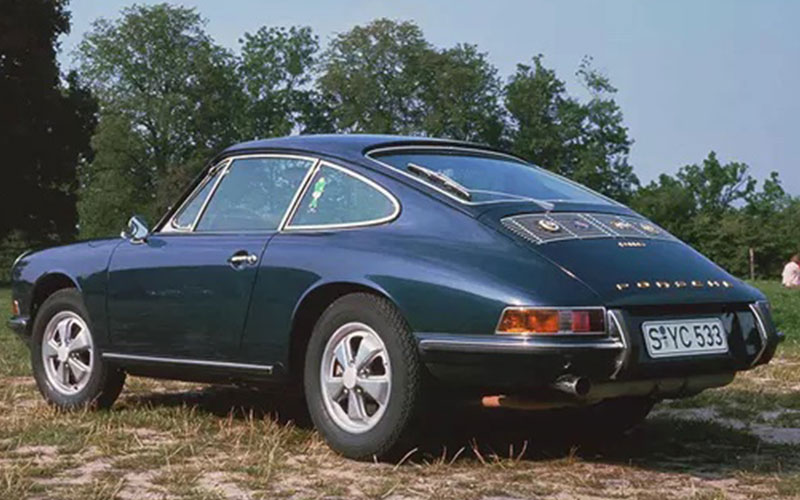
History is also important for the 911, the successor to Porsche’s first car the 365. While the 365 took the basic formula of the Volkswagen Beetle and adapted it to a sports car, the 911 took what worked best for the 365 and refined it. The successor to the 365 was the 901. After a lawsuit from Peugeot, claiming the naming rights to all cars with a zero in the middle, Porsche renamed the car the 911.
The 1964 Porsche 911 started where the 365 had left off with a rear-mounted air-cooled 2.0L boxer engine, but this time that displacement was spread across six cylinders, as opposed to the 365 four, and topped out at 130 horsepower. The first major changes to the 911 came in 1966 with the introduction of the 911 S and it’s 901/02 engine eking out an additional thirty horsepower from it’s two cylinders. Numerous variants followed including the 911 T and 911 R in ’67 and the 911 L and 911 E in ’68. In 1969, the 911’s wheelbase was lengthened, and higher-end models were the first to get fuel injection. Displacement grew, too, up from 2.0L to 2.2L in 1970 to 2.4L in ’72.
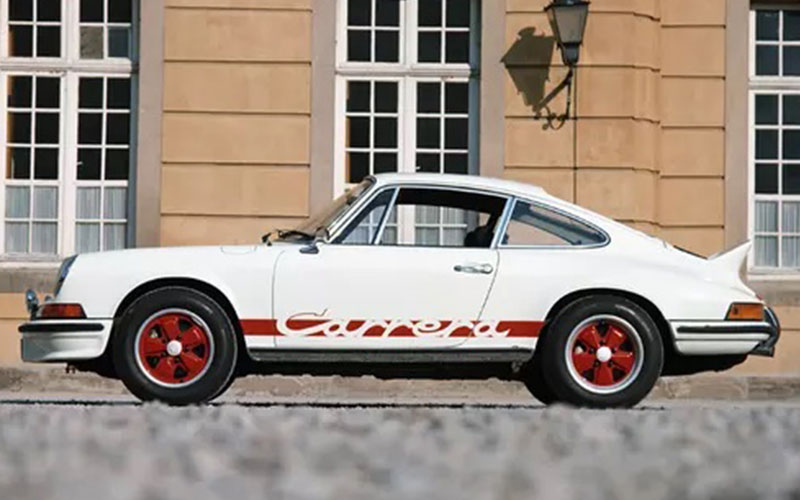
The most desirable and lauded of the first generation 911s is the Carrera RS with its 2.7L engine making 210 horsepower. The Carrera RS was a racing homologation notable for its larger wheels, mechanical fuel-injection, and signature ducktail spoiler. Only 1,600 1973 Carrera RSs were built, making them even more desirable among collectors.
Pagoda vs Targa
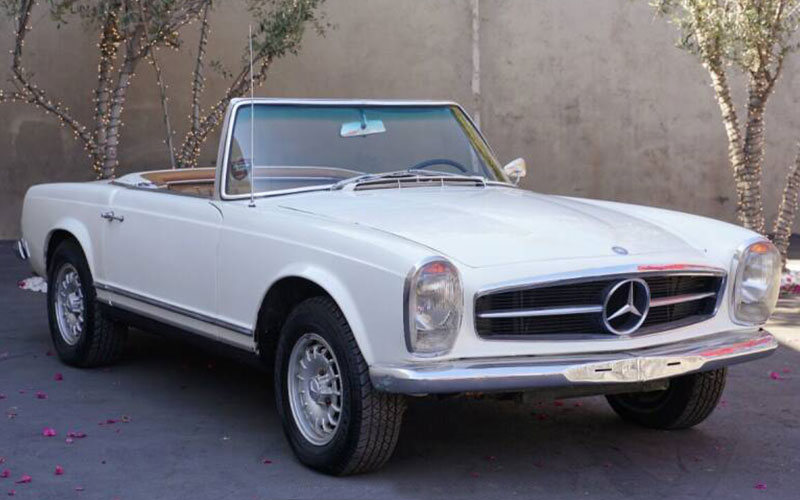
Though the 911 and the Mercedes SL had taken divergent paths in terms of performance, with the SL moving away from its racing roots at the same time Porsche pursued multiple homologation projects with the 911, both cars attracted buyers with luxury amenities and technological innovations.
This leads us to another thing the SL and 911 have in common, detachable roofs. Both the SL’s detachable “pagoda” hard top and the 911’s Targa top were designed with safety consideration in mind, but the solutions were markedly different.
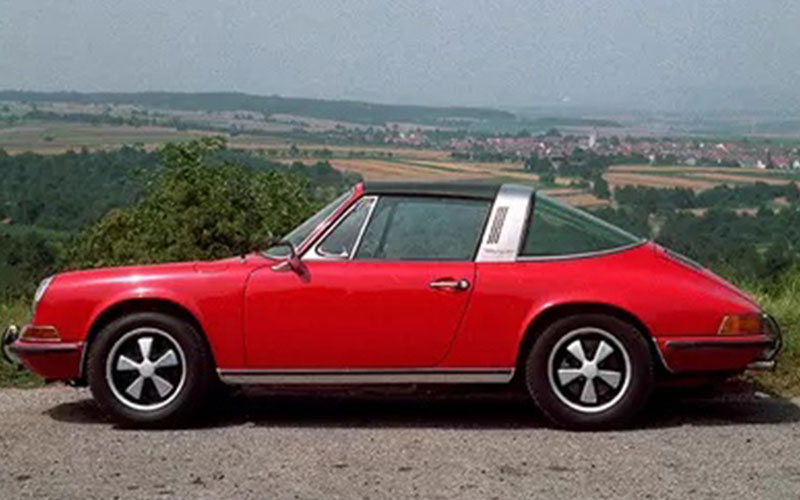
The Mercedes 230SL was the one of the first cars built with “designed-in safety” that is, a marriage of safety engineering and aesthetic design (something we take for granted today). Crumple zones, a safety cage, and, from ’66 onwards, three-point seat belts were firsts for Mercedes-Benz and saw their genesis in the second-generation SL. Another safety feature was the concave slope to the detachable roof, (echoing Japanese pagoda roofs, thus lending the SL its nickname). The inward angle of the roof was intended to add stability in the event of a rollover. The concave angle was repeated on the rear deck and even in the head rests.
Porsche also designed its detachable roof with safety in mind. In an anticipatory move to satisfy additional US regulations on convertibles, Porsche designed the Targa top roof, with its removable middle panel and roll bar as a safety compromise. It also had the benefit of adding to the car’s rigidity. Though the new regulations never made it into law, the Targa top roof design did make it to production starting with the 1967 model year.
Collecting Considerations
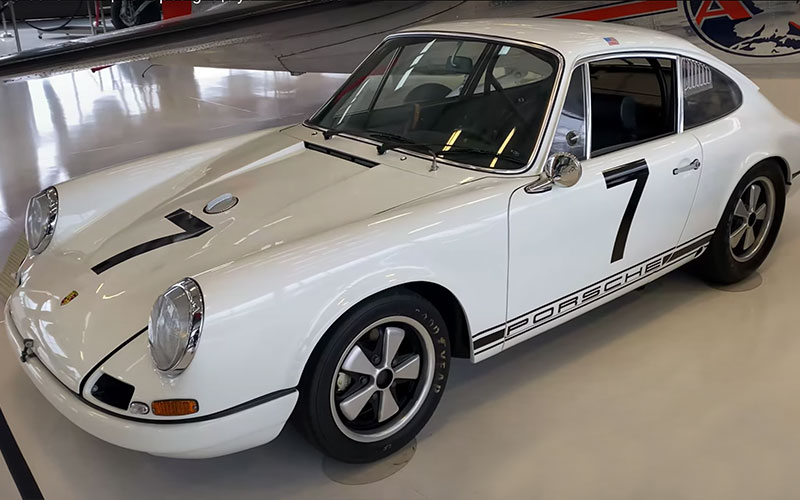
Vintage Porsche 911s have seen a significant rise in popularity among collectors over the last decade. Prices for well-sorted or restored 911s frequently exceed the six-figure mark and sometimes double or triple that. Porsche has been doing multiple variants of the 911 going back to its inception and those limited run versions can command truly exceptional prices. In the case of the first generation 911, models like the 1967 911 R, the first homologated 911, and the 1973 Carrera RS, another homologation, are both rare and powerful.
The first generation 911 can vary widely in price based on rarity and condition. Unlike the second-generation SL, where value tends to skew toward the later 280 SL, it’s the older versions of the 911, from 1964 through 1968 that command the highest prices. Well-sorted or restored first-generation 911s can run anywhere from $100,000 to $250,000 depending on rarity and condition. For examples in need of serious work, you can find a project appropriate 911 for around $50,000, with some even cheaper than that. Yes, that is expensive for cars with rampant rust, lacking a running motor, or other glaring problems, but it’s a 911 (or this is what I imagine collectors tell themselves when they drop serious cash on a moldering barn finds home generations of mice snugly nesting in the engine compartment).
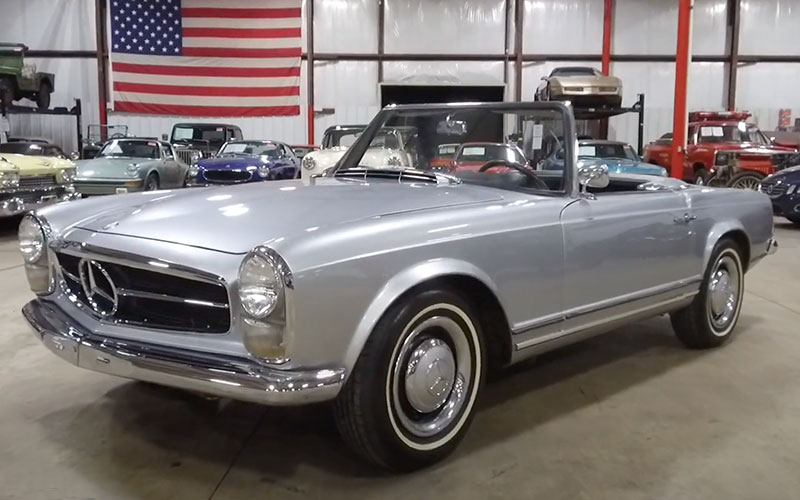
As we noted above, the Mercedes 280 SL gets the lion’s share of the love from collectors when it comes to the second-generation SL, largely based on the larger motor. But, with the more modern exhaust, the 280 SL doesn’t really end up feeling appreciably more powerful than the 230 SL. Feel free to save some cash and go with the earlier version. While they don’t reach the heights of ultra-rare 911s, the second-generation SL doesn’t come cheap either. Prices range from around the $50,000 mark up to double that.
So, if you’re wanting to maximize your collecting dollars and get into a nicely sorted German classic, the second-generation Mercedes SL offers a lot of value and refined driving experience. And unless you’re a divorced hedge fund manager with a new girlfriend to impress or a serious DIY mechanic already deep in the weeds on vintage air-cooled engines, we’d leave the first-gen 911 to the likes of Leno and Seinfeld.


